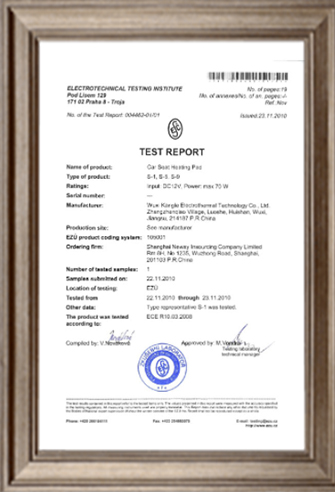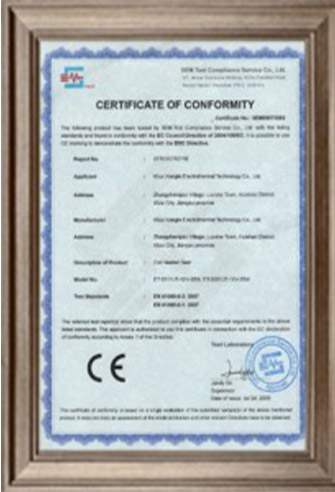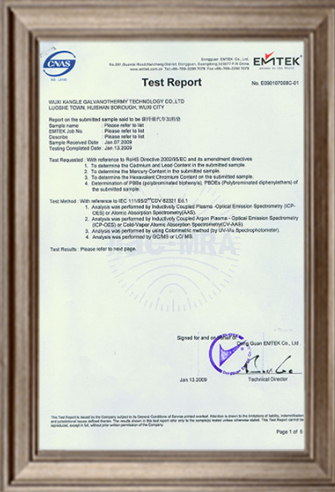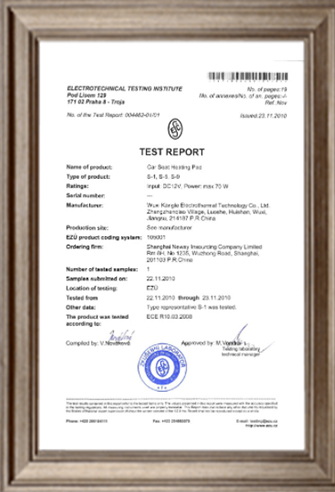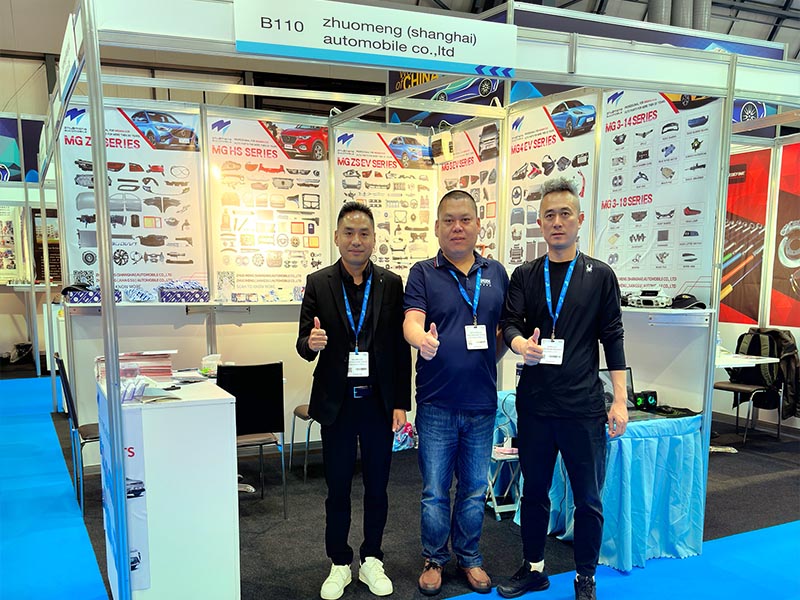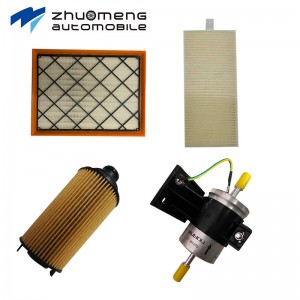The construction of vacuum booster.
The vacuum booster is mainly composed of piston, diaphragm, return spring, push rod and joystick, check valve, air valve and plunger (vacuum valve), etc. The type is single diaphragm vacuum suspension type.
Working principle of vacuum booster
1, the brake booster pump uses the principle of inhaling air when the engine is working, causing a vacuum on one side of the booster, resulting in a pressure difference relative to the normal air pressure on the other side, and using this pressure difference to strengthen the braking thrust. Even if there is only a small pressure difference between the two sides of the diaphragm, due to the large area of the diaphragm, a large thrust can still be generated to push the diaphragm to the end of the low pressure.
2, in the working state, the push rod return spring makes the brake pedal in the initial position, at this time, the vacuum tube and the vacuum booster connection position of the check valve is open, inside the booster, the diaphragm is divided into the true air chamber and the application chamber, the two chambers can be connected to each other, in most of the time both are isolated from the outside world, By having two valve devices, the air chamber can be connected to the atmosphere;
3. When the engine is running, step on the brake pedal, under the action of the push rod, the vacuum valve is closed, at the same time, the air valve at the other end of the push rod is opened, and after the air enters (the reason for stepping on the brake pedal to produce panting sound), it will cause an unbalanced state of air pressure in the chamber. Under the action of negative pressure, the diaphragm is pulled to one end of the brake master pump, and then drive the push rod of the brake master pump. This further amplifies the strength of the legs.
What happens when the vacuum booster leaks?
The brake booster pump works as follows:
1, the brake booster pump uses the principle of inhaling air when the engine is working, causing a vacuum on one side of the booster, resulting in a pressure difference relative to the normal air pressure on the other side, and using this pressure difference to strengthen the braking thrust. Even if there is only a small pressure difference between the two sides of the diaphragm, due to the large area of the diaphragm, a large thrust can still be generated to push the diaphragm to the end of the low pressure.
2, in the working state, the push rod return spring makes the brake pedal in the initial position, at this time, the vacuum tube and the vacuum booster connection position of the check valve is open, inside the booster, the diaphragm is divided into the true air chamber and the application chamber, the two chambers can be connected to each other, in most of the time both are isolated from the outside world, By having two valve devices, the air chamber can be connected to the atmosphere;
3. When the engine is running, step on the brake pedal, under the action of the push rod, the vacuum valve is closed, at the same time, the air valve at the other end of the push rod is opened, and after the air enters (the reason for stepping on the brake pedal to produce panting sound), it will cause an unbalanced state of air pressure in the chamber. Under the action of negative pressure, the diaphragm is pulled to one end of the brake master pump, and then drive the push rod of the brake master pump. This further amplifies the strength of the legs.
If you want to know more, keep reading the other articles on this site!
Please call us if you need such products.
Zhuo Meng Shanghai Auto Co., Ltd. is committed to selling MG&MAUXS auto parts welcome to buy.


